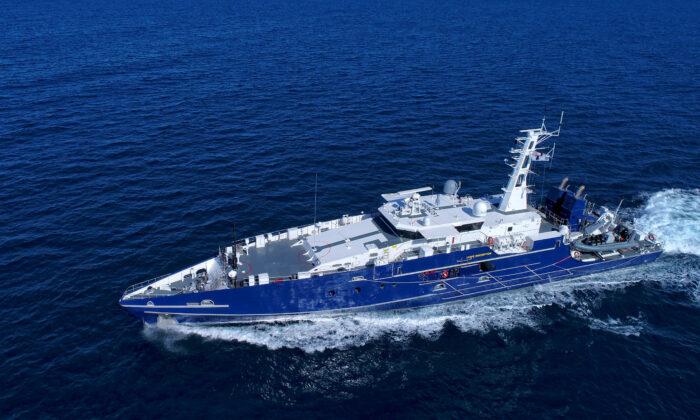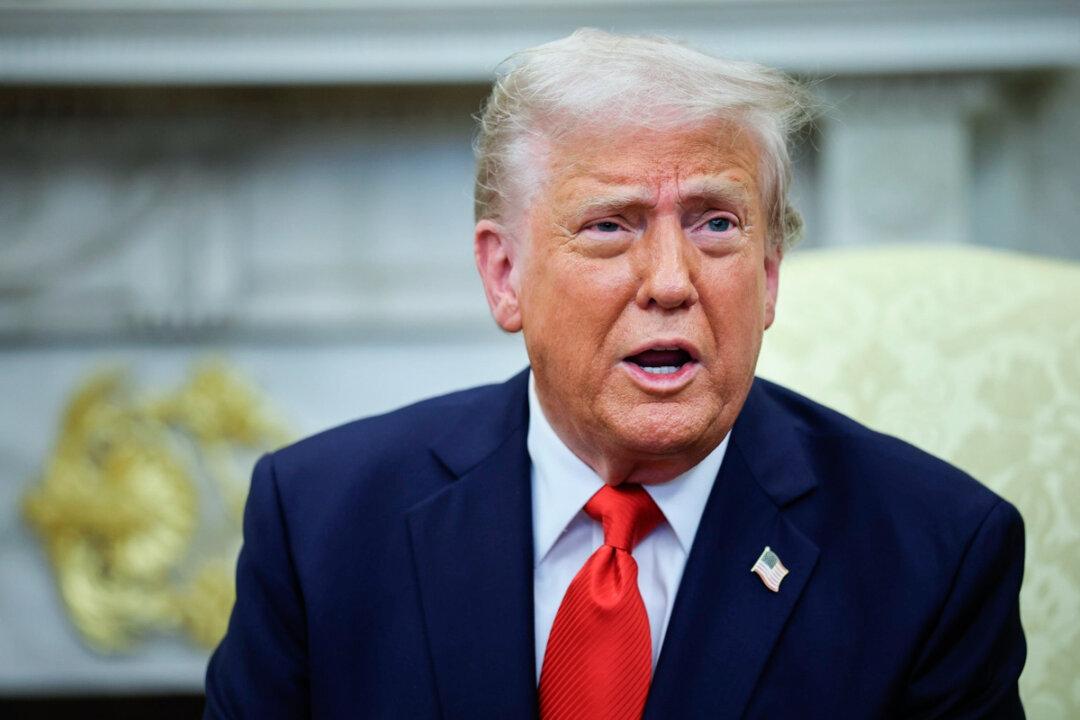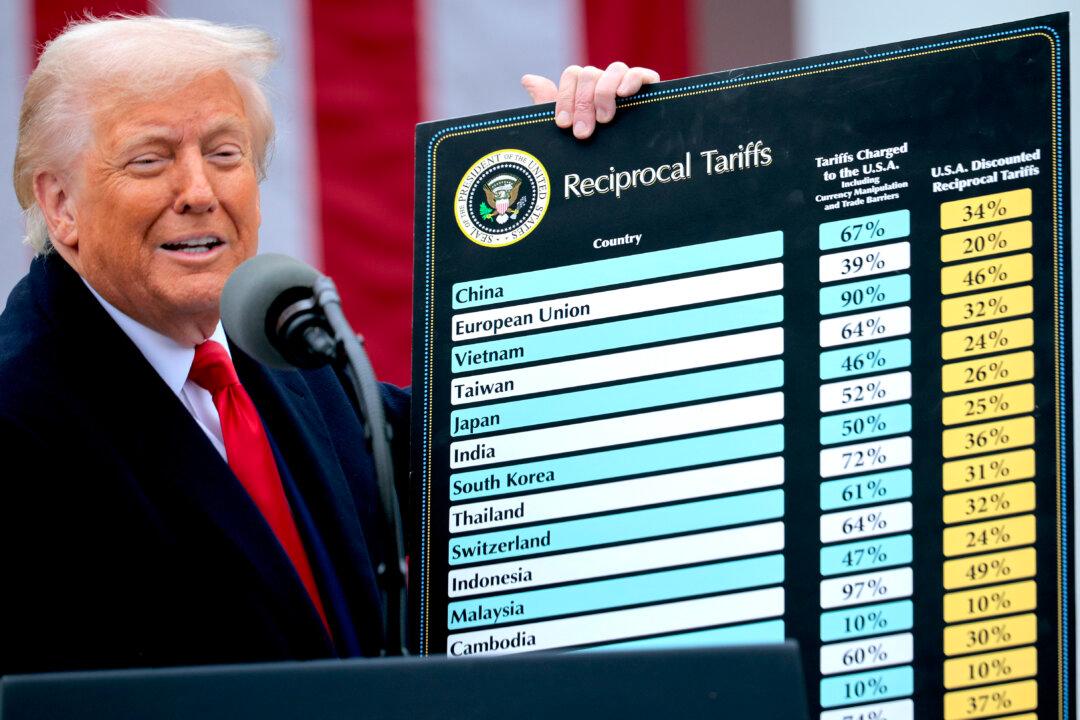Defence contractor Austal has revealed a record financial performance underpinned by growing defence spending from the Australian and U.S. government, despite the effects of COVID-19 on the world economy.
Austal said a large portion of its orders were from the U.S. Navy and Australian Department of Defence.
Demand for defence vessels has effectively shielded Austal from the devastating effect of the global lockdown.

“The strong performance shows good operational momentum across all of our U.S. and Australasia operations as we constructed and delivered naval vessels and large ferries, and provided ongoing support services to the U.S. Navy, Royal Australian Navy and the Australian Border Force,” said David Singleton, CEO of Austal.
“That’s driven by the urgency and deterioration of our strategic environment,” he added.
On July 1, Prime Minister Scott Morrison launched the new Defence Update 2020 and Force Structure Plan, in response to a rapidly deteriorating situation in the Indo-Pacific region.

Morrison said, “The Indo-Pacific is the epicentre of rising strategic competition.”
“We need to also prepare for a post-COVID world that is poorer, that is more dangerous, and that is more disorderly,” he continued, alluding to the 1930s and 1940s when Australia began building up to the second World War.
The new update saw the government commit a record $270 billion into the armed forces over ten years, including the acquisition of long-range armaments and upgrades to naval vessels.
Singleton expects to see demand for heavy vessels increase as a result.
At present, the federal government has committed to buy six Cape Class Patrol Boats from Austal in a $324 million contract.
Austal is also currently building and delivering 21 smaller Guardian Class Patrol Boats.
The company has also expanded its American business with the construction of a $100 million shipbuilding facility in Mobile, Alabama, of which 50 percent will be funded by the U.S. government.

“This investment in steel shipbuilding will supplement our existing aluminium capability and allow Austal USA to compete for a number of new, major steel shipbuilding programs in Austal’s size range, that are expected to be tendered in the medium term,” according to Patrick Gregg, COO.
The U.S. Navy currently deploys Austal’s Littoral Combat Ship and Expeditionary Fast Transport.





